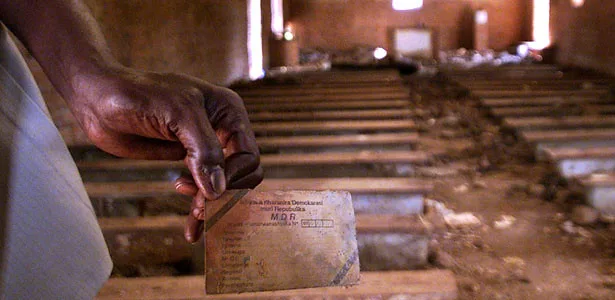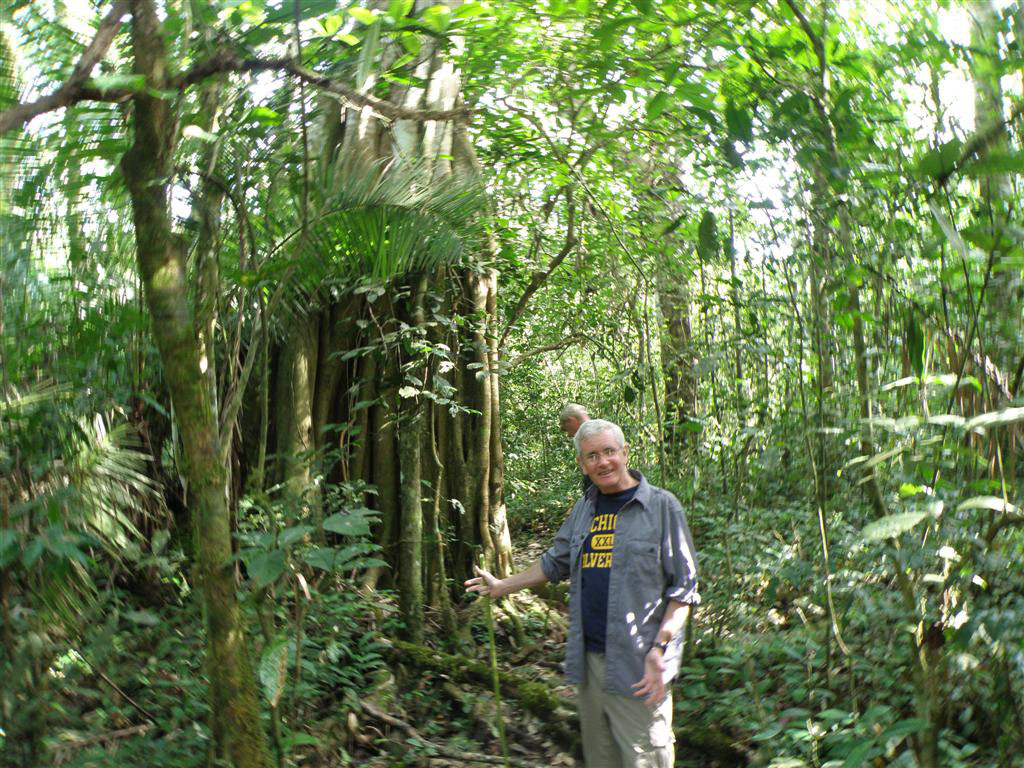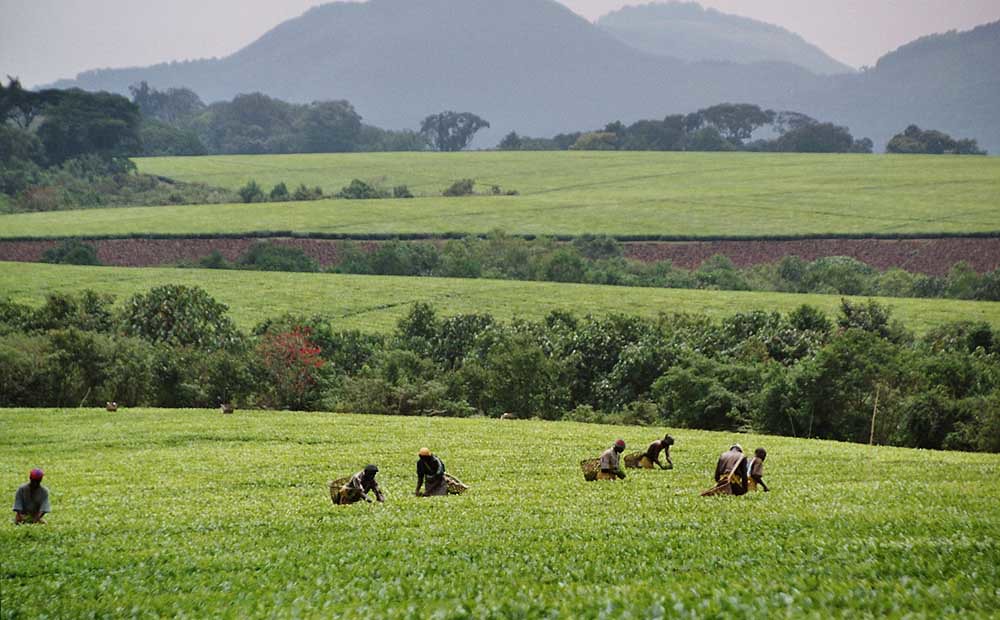Understanding the Rwanda Genocide: A Tragic Chapter in History
The Rwanda Genocide of 1994 stands as one of the darkest chapters in human history. In a span of just 100 days, an estimated 800,000 to 1 million Tutsi and moderate Hutu were brutally murdered in a systematic campaign of violence and terror. This tragic event not only reshaped Rwanda’s society and political landscape but also left an indelible scar on global consciousness.

The Origins of the Rwanda Genocide
The roots of the Rwanda Genocide trace back to deep-seated ethnic tensions between the Hutu and Tutsi communities. Under Belgian colonial rule, identity cards were issued to categorize citizens by ethnicity, further dividing the population and exacerbating conflict.
After Rwanda gained independence in 1962, these tensions persisted. Political upheaval, economic challenges, and propaganda spread by extremist groups laid the groundwork for mass violence. The catalyst came on April 6, 1994, when a plane carrying then President Juvénal Habyarimana was shot down over Kigali. Within hours, government-aligned militias and civilian mobs launched a coordinated campaign of genocide.
The Human Cost and Aftermath
The Rwanda Genocide saw families torn apart, entire villages decimated, and a nation plunged into chaos. Perpetrators used machetes, clubs, and other crude weapons, often targeting neighbors and friends. Radio broadcasts were used to incite violence and coordinate killings.
When the genocide ended in July 1994 with the victory of the Rwandan Patriotic Front (RPF), led by Paul Kagame, Rwanda faced the immense challenge of rebuilding. The country was littered with the bodies of victims, its infrastructure was in ruins, and over two million Rwandans had fled as refugees.
Justice and Reconciliation
Following the genocide, Rwanda sought justice through several avenues. The International Criminal Tribunal for Rwanda (ICTR), established by the United Nations, prosecuted major figures responsible for orchestrating the violence. Domestically, Rwanda instituted “Gacaca” courts, a community-based justice system that aimed to promote reconciliation while addressing the overwhelming number of genocide-related crimes.
The government also launched wide-ranging social and economic reforms, prioritized national unity, and abolished ethnic identity in public discourse to foster a shared Rwandan identity.
Rwanda Genocide Memorial Sites
Today, Rwanda Genocide memorials serve as powerful reminders of the atrocities and as sanctuaries for remembrance, education, and reflection. Here are some of the most significant sites:
Kigali Genocide Memorial
Located in the capital city, this memorial is the final resting place for over 250,000 victims. Through survivor testimonies, photographs, and historical exhibits, it offers a comprehensive look at the genocide and its causes.
Murambi Genocide Memorial
Set in a former technical school, Murambi was the site of a horrific massacre. The memorial preserves the remains of victims and offers stark, moving displays that emphasize the scale of the violence.
Nyamata and Ntarama Memorials
These sites, once churches where thousands sought refuge, stand as heartbreaking examples of betrayal and mass killing. Visitors can still see the blood-stained clothes and belongings of victims.
Bisesero Genocide Memorial
Perched on a hillside in Western Rwanda, Bisesero commemorates the resistance of local Tutsi communities who attempted to fight back against the killers. It honors their bravery and tragic loss.
The Legacy and Global Lessons
The Rwanda Genocide taught the world about the dangers of unchecked hate, division, and international inaction. Despite clear warning signs, the global community failed to intervene effectively, a mistake acknowledged in many subsequent reflections by the United Nations and other institutions.
Today, Rwanda is often cited as a model of recovery, reconciliation, and growth. It has emerged as one of Africa’s most stable and rapidly developing nations. However, the memories of 1994 remain vivid and are honored through continuous remembrance and education.
Visiting Rwanda to Learn and Reflect
Travelers to Rwanda are encouraged to visit these genocide memorials to better understand the country’s history and resilience. Guided tours provide context, personal stories, and a space for reflection. While somber, these experiences are deeply moving and essential for honoring those lost and ensuring such atrocities never happen again.
The Rwanda Genocide is not only a national tragedy but a global lesson in the importance of unity, compassion, and the courage to stand against injustice. By visiting memorials and engaging with Rwanda’s remarkable journey of healing, we all become part of the collective vow: “Never Again.”


